When it comes to the animal kingdom, there’s a lot more going on than meets the eye. While many animals are adorable and fascinating, some of them have a darker side, particularly when it comes to transmitting diseases. From the most unexpected of creatures to the sneaky tactics some critters use, these are some of the strangest ways animals pass diseases on to humans.
1. Bats: The Nighttime Nosferatus
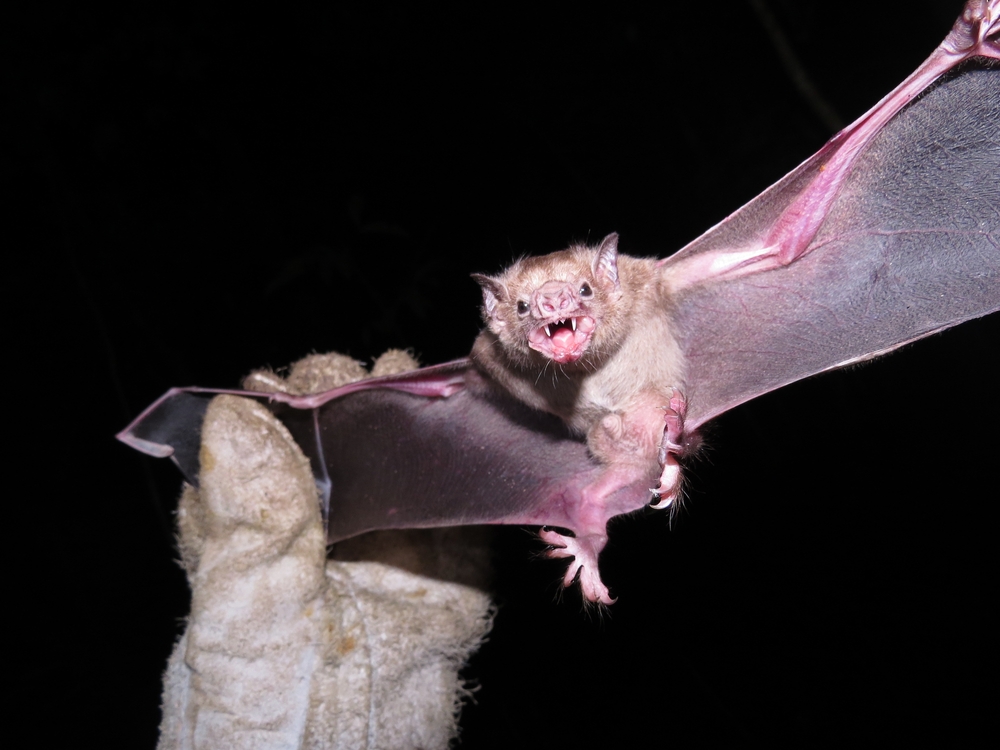
Bats are often misunderstood creatures, flitting silently through the night while playing crucial roles in ecosystems. However, they are also notorious carriers of various zoonotic diseases, including rabies and the more recent emergence of coronaviruses. These diseases can be transmitted to humans either directly through bites or indirectly through contact with bat saliva, urine, or feces. Interestingly, bats are unique in their ability to host viruses without displaying symptoms, which allows these pathogens to thrive and potentially mutate.
The real danger lies in the disruption of their habitats, causing bats to come into closer contact with human populations. This proximity increases the likelihood of disease spillover. Additionally, hunting and consumption of bats, particularly in certain cultures, pose significant health risks. Understanding and protecting bat populations can ironically lead to safer environments for humans, creating a delicate balance between conservation and health security.
2. Snakes: Slithering Vectors of Salmonella
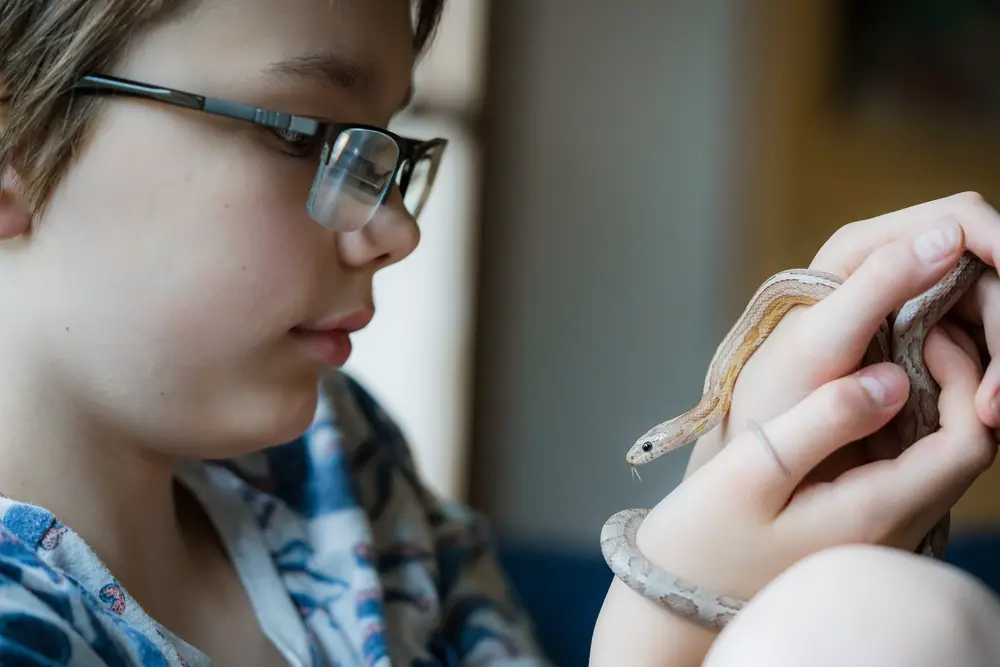
Snakes are often regarded with fear, but not always for the right reasons. While venomous bites are a concern, a less obvious threat is their ability to carry and transmit Salmonella bacteria. This bacteria can be found on the skin and in the digestive tracts of reptiles and can be transferred to humans through direct handling or contact with contaminated surfaces. Symptoms of a Salmonella infection generally include diarrhea, fever, and abdominal cramps.
For pet owners, it’s crucial to maintain rigorous hygiene practices when handling snakes or cleaning their habitats. Handwashing after contact and keeping snakes out of kitchen areas can significantly reduce the risk of transmission. Interestingly, healthy adult snakes can carry the bacteria without showing symptoms, making it a silent threat. So, while snakes may not seem like the cuddliest of pets, understanding the risks can keep both humans and reptiles safe.
3. Camels: The Desert Dromedaries with a Viral Secret

Camels are iconic symbols of the desert, known for their resilience and ability to survive harsh conditions. However, these majestic creatures are also known carriers of the Middle East Respiratory Syndrome Coronavirus (MERS-CoV). According to the Centers for Disease Control and Prevention, camels can transmit this virus to humans through direct contact or consumption of camel products like milk or meat. The virus can lead to severe respiratory illness, making it a significant public health concern in regions where camels are prevalent.
Interestingly, camels have been part of human culture and economy for centuries, which complicates efforts to control the spread of MERS-CoV. Public health strategies often aim to educate people on safe practices when interacting with camels. This includes wearing protective gear when handling them and ensuring camel products are properly cooked or pasteurized. Understanding these risks is crucial for preventing outbreaks in communities that rely heavily on camels.
4. Cats: The Feline Fomenters of Toxoplasmosis

Cats are beloved companions around the world, charming us with their playful antics and purring cuddles. However, there’s an unseen side to these furry friends: they are the primary hosts of *Toxoplasma gondii*, a parasite that causes toxoplasmosis. This disease can spread to humans through contact with infected cat feces, often in litter boxes, or through contaminated soil and water. Most healthy individuals may experience mild symptoms or none at all, but for pregnant women and those with weakened immune systems, it poses a serious risk.
Interestingly, this parasite has a complex life cycle, using cats as the definitive host where it reproduces. To prevent transmission, cat owners are advised to clean litter boxes daily with gloves and wash hands thoroughly afterward. It’s also recommended to keep cats indoors to prevent them from hunting infected prey. Despite the risks, with proper precautions, the companionship of cats can be enjoyed safely.
5. Rodents: The Small but Mighty Hantavirus Carriers

Rodents are tiny, often underestimated, creatures that can carry a hefty punch when it comes to disease transmission. One of the most concerning diseases they transmit is hantavirus, which can lead to hantavirus pulmonary syndrome (HPS), a severe respiratory illness in humans. This virus is primarily spread through inhalation of aerosolized particles from rodent urine, droppings, or nesting materials. Rodent infestations in homes or workplaces increase the risk of exposure.
Interestingly, not all rodents are equally dangerous; deer mice, cotton rats, and white-footed mice are the primary carriers in the United States. Preventing hantavirus infections involves controlling rodent populations and sealing entry points in homes. Cleaning up rodent droppings or nests should be done cautiously, ideally with protective gear and proper ventilation. With awareness and preventive measures, the risk of contracting hantavirus can be significantly reduced.
6. Dogs: Man’s Best Friend with a Rabid Twist

Dogs have long been known as loyal companions and protectors, earning the title of “man’s best friend.” However, they are also the leading source of rabies transmission to humans worldwide. Rabies is a viral disease that affects the central nervous system and is almost always fatal once symptoms appear. Transmission occurs primarily through bites or scratches from infected animals, with dogs being the most common culprits in developing countries.
Vaccination of dogs against rabies is a critical public health measure to prevent human cases. In regions with high rates of rabies, awareness campaigns and vaccination drives are essential in controlling the spread. For dog owners, ensuring regular vaccinations and avoiding contact with stray or unvaccinated animals is crucial. Despite the risks, responsible pet ownership and public health initiatives make it possible to enjoy the companionship of dogs safely.
7. Birds: The Feathered Friends with Flu-Laden Flights
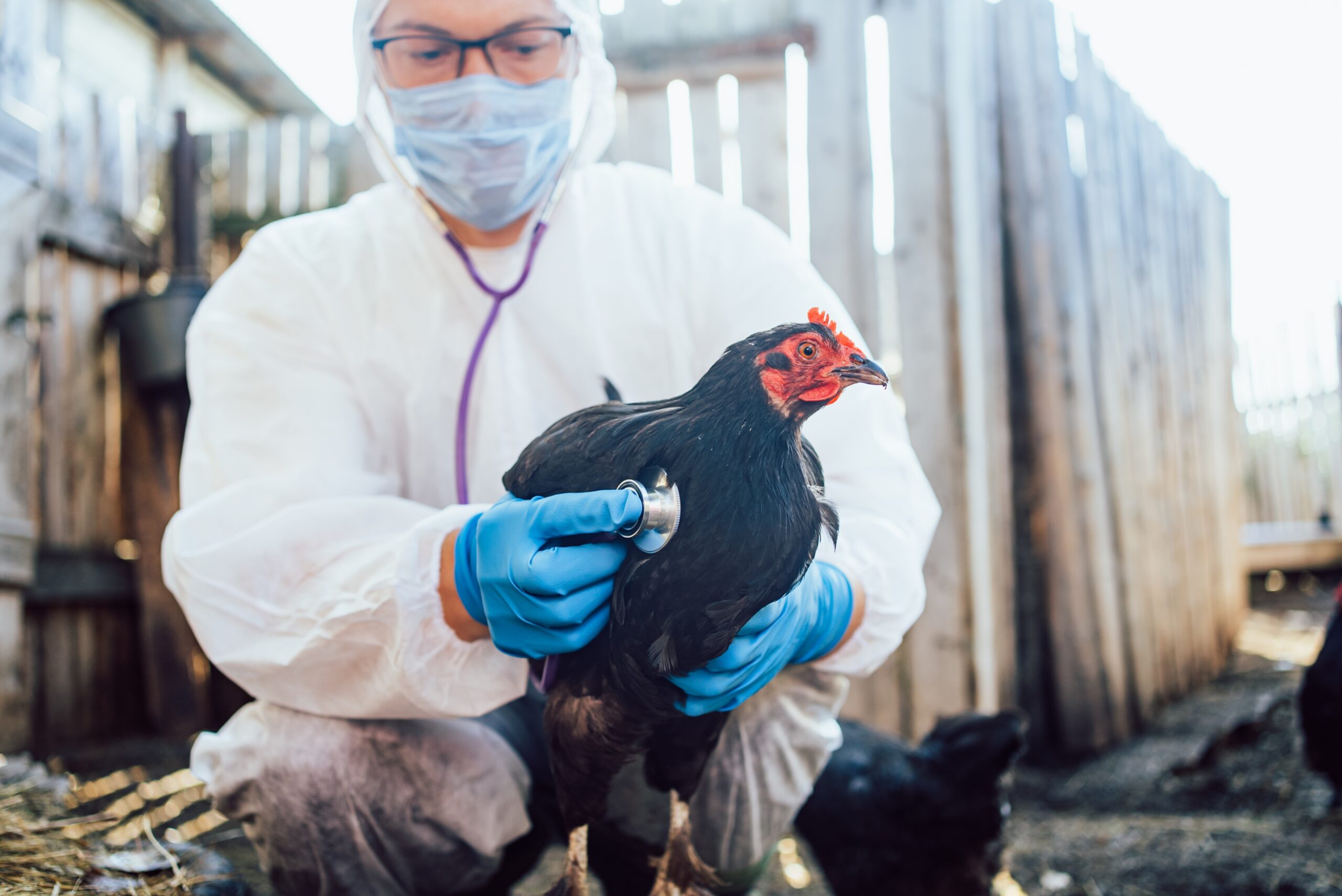
Birds, with their melodic songs and graceful flights, are often seen as symbols of freedom and beauty. However, they can also be carriers of avian influenza, commonly known as bird flu. This virus can infect poultry and, in some cases, spread to humans, leading to severe respiratory illnesses. Transmission often occurs through direct contact with infected birds or environments contaminated with their droppings or secretions.
Interestingly, wild birds can carry the virus without showing signs of illness, spreading it across long distances during migration. To prevent outbreaks, monitoring and controlling bird populations, especially in poultry farms, is crucial. Good biosecurity practices, such as using protective clothing and ensuring proper sanitation, help reduce the risk of transmission. While bird flu remains a concern, these measures help protect both human health and the poultry industry.
8. Ticks: The Tiny Terrorists of Lyme Disease
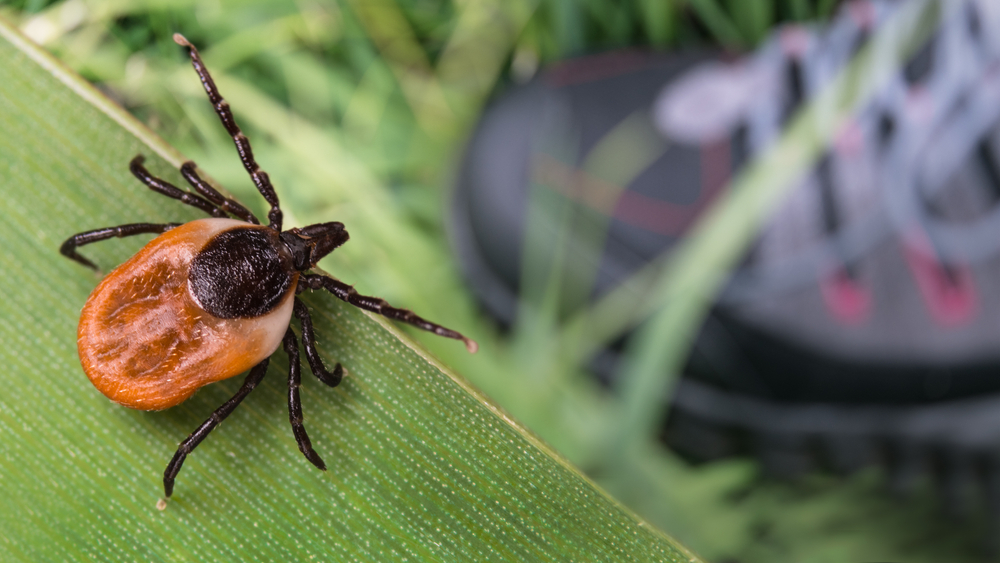
Ticks are small arachnids that might seem innocuous at first glance, but they pack a significant punch when it comes to disease transmission. Lyme disease is one of the most common tick-borne illnesses, caused by the bacterium *Borrelia burgdorferi*. Ticks become infected by feeding on infected animals, primarily deer and mice, and then pass the bacteria to humans through bites. Early symptoms in humans include fever, fatigue, and the distinctive bullseye rash, but if untreated, it can lead to more severe health issues.
Preventing tick bites is essential in areas where Lyme disease is prevalent. This includes wearing long sleeves and pants, using insect repellent, and conducting thorough tick checks after spending time outdoors. Interestingly, not all ticks carry Lyme disease; it’s primarily spread by the black-legged tick. Awareness and prevention strategies are key to enjoying the great outdoors without falling prey to these tiny carriers.
9. Monkeys: The Primates with a Risky Virus Package

Monkeys, with their playful antics and human-like behaviors, are captivating creatures to observe. However, they can carry Simian Herpes B virus, which, while usually harmless to monkeys, can be fatal to humans if transmitted. The virus can spread through bites, scratches, or exposure to bodily fluids of infected monkeys. Cases of human infection are rare but often occur in laboratory settings where people are in close contact with these animals.
Interestingly, the virus can lie dormant in monkeys, making it challenging to identify carriers. Precautionary measures, such as wearing protective clothing and practicing good hygiene, are crucial in environments where contact with monkeys occurs. While these animals can pose a health risk, proper safety protocols can minimize the chance of transmission. Understanding and respecting wildlife plays a significant role in preventing zoonotic diseases.
10. Frogs: The Amphibians with Fungal Threats
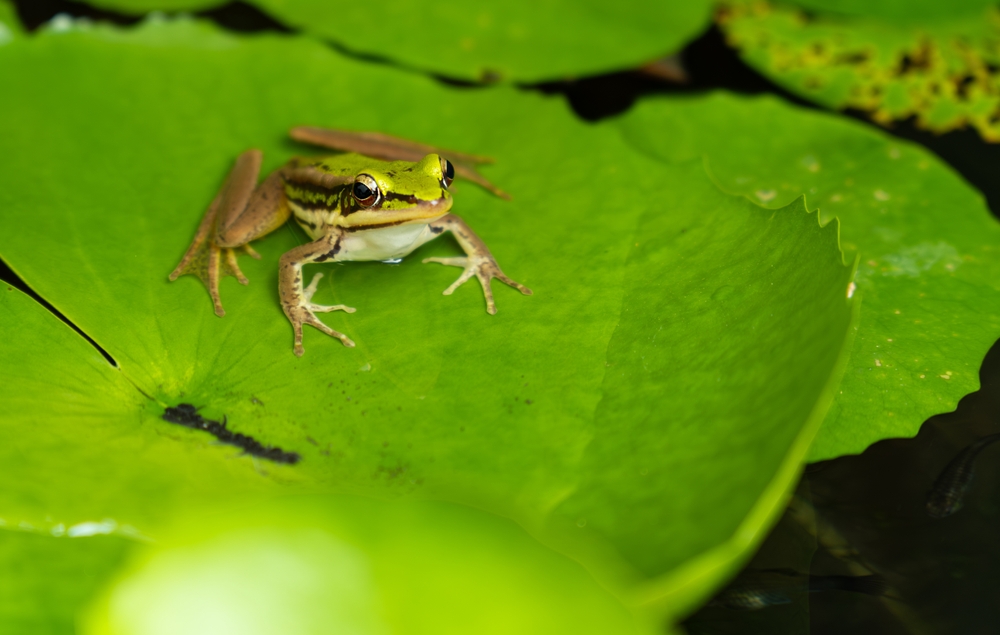
Frogs, often associated with childhood adventures and fairy tales, are fascinating creatures that contribute to biodiversity. However, they can also carry *Batrachochytrium dendrobatidis*, a fungus responsible for chytridiomycosis. This disease has devastated amphibian populations worldwide and poses indirect threats to human health through its impact on ecosystems. The fungus spreads through water, and while it’s not directly harmful to humans, its effects on frog populations can disrupt ecological balances.
Interestingly, frogs can be asymptomatic carriers, making it difficult to control the spread of the fungus. Conservation efforts focus on monitoring and managing infected populations to prevent further declines. Frogs play essential roles in controlling insect populations and serving as indicators of environmental health. Protecting these amphibians is crucial for maintaining ecological harmony and indirectly safeguarding human health.
11. Mosquitoes: The Buzzing Beacons of Malaria
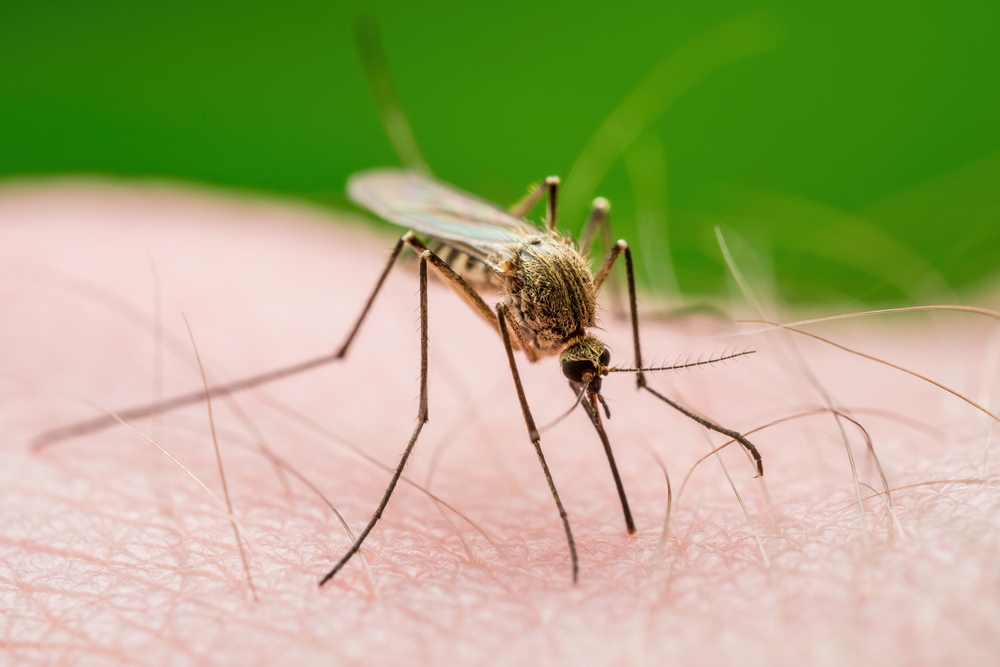
Mosquitoes are among the most notorious vectors of disease, with malaria being one of the most well-known illnesses they spread. The disease is caused by *Plasmodium* parasites, which mosquitoes transmit through their bites. Malaria causes symptoms like fever, chills, and flu-like illness, and it can be life-threatening without treatment. The disease is prevalent in tropical and subtropical regions, making it a significant public health concern.
Interestingly, only female mosquitoes transmit malaria as they require blood for egg development. Control measures include using bed nets, insect repellent, and indoor spraying to reduce mosquito populations. Advances in medical research are also focusing on developing vaccines and novel control strategies. While mosquitoes are small, their impact on human health is vast, highlighting the importance of ongoing efforts to combat malaria.
12. Armadillos: The Armored Carriers of Leprosy
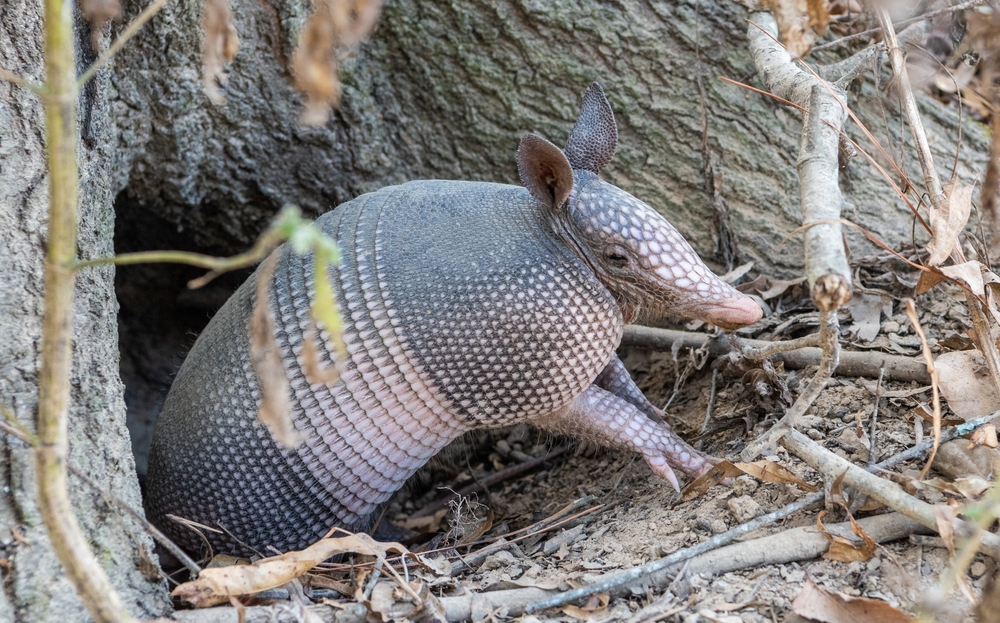
Armadillos, with their unique armored shells, are intriguing creatures that seem almost prehistoric in nature. However, they are known carriers of *Mycobacterium leprae*, the bacterium that causes leprosy. The disease can be transmitted to humans through direct contact with armadillos or their habitats, although cases are relatively rare. Leprosy affects the skin, nerves, and mucous membranes, causing serious health issues without treatment.
Interestingly, armadillos are one of the few animals that can naturally contract leprosy, making them valuable for scientific research. In regions where armadillos are common, public awareness and education are essential to prevent disease transmission. Avoiding handling these animals and minimizing contact with their habitats can reduce the risk. While armadillos are unique and fascinating, respecting their space is crucial for preventing leprosy.
13. Fish: The Aquatic Animals with Neurotoxic Surprises
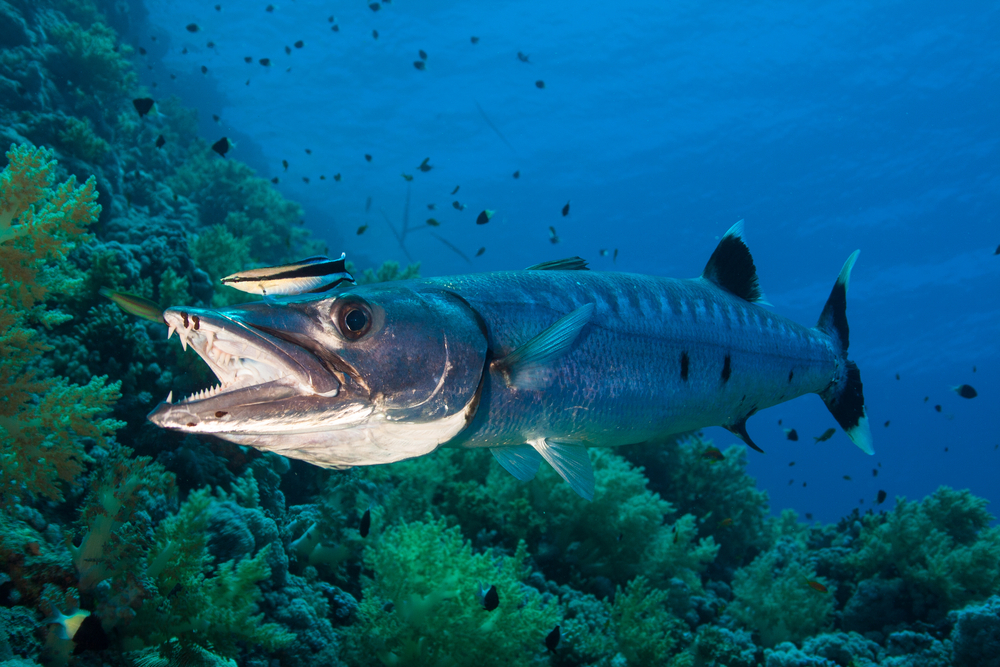
Fish are a staple in diets worldwide, providing essential nutrients and health benefits. However, certain species can carry ciguatoxin, leading to ciguatera fish poisoning when consumed by humans. This toxin originates from microscopic algae that fish consume, which then accumulates in larger predatory fish. Symptoms of ciguatera include gastrointestinal and neurological issues, such as nausea, vomiting, and a reversal of temperature sensation.
Interestingly, cooking or freezing does not destroy the toxin, making it a persistent threat in affected regions. Avoiding high-risk fish species and sourcing seafood from reputable suppliers are key preventive measures. Public health systems often monitor and provide advisories in areas where ciguatera is prevalent. While fish are an important food source, awareness and caution can prevent the unpleasant surprises of ciguatera poisoning.
